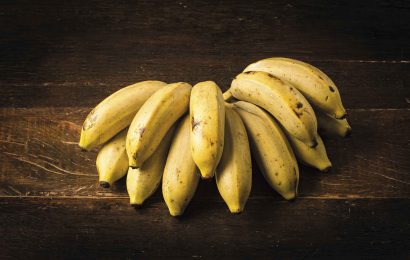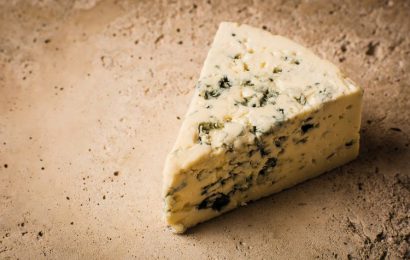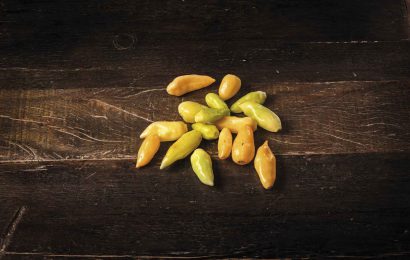Native to the Atlantic rainforest and therefore very Brazilian, this fruit is the kind of ingredient capable of inspiring sweeping passions. In the sixteenth century, the Portuguese Jesuit Fernão Cardim had already registered his astonishment with the fact that the fruits covers “from the root of the tree around the trunk up to the last twig”, in his Tratados da terra e gente do Brasil (Report on the Land and People of Brazil). The leathery, purplish-black skin is filled with a juicy and sweet white flesh, and one or more slippery pits. Jabuticaba requires patience. The trees begin to bear fruit only after ten years or more, and the harvest period is very short, between August and November. Once harvested, it should be used immediately, or it starts to ferment. The pulp can be eaten fresh or used to prepare jams or liqueurs. Espírito Santo, Goiás, Minas Gerais, Paraná, Rio de Janeiro and São Paulo are the top producers. The city of Sabará, in Minas Gerais, holds an annual festival dedicated to the fruit, with street vendors selling tartes, candies, ice creams and other delicacies made with jabuticaba. At the same time, some local homes engage in a curious business activity: they “rent” the jabuticaba trees in their back yards for those visitors who want to eat their fill.
Privacy Overview
This website uses cookies to improve your experience while you navigate through the website. Out of these, the cookies that are categorized as necessary are stored on your browser as they are essential for the working of basic functionalities of the website. We also use third-party cookies that help us analyze and understand how you use this website. These cookies will be stored in your browser only with your consent. You also have the option to opt-out of these cookies. But opting out of some of these cookies may affect your browsing experience.
Advertisement cookies are used to provide visitors with relevant ads and marketing campaigns. These cookies track visitors across websites and collect information to provide customized ads.
Analytical cookies are used to understand how visitors interact with the website. These cookies help provide information on metrics the number of visitors, bounce rate, traffic source, etc.
| Cookie | Duration | Description |
|---|---|---|
| cookielawinfo-checkbox-analytics | 11 months | This cookie is set by GDPR Cookie Consent plugin. The cookie is used to store the user consent for the cookies in the category "Analytics". |
Functional cookies help to perform certain functionalities like sharing the content of the website on social media platforms, collect feedbacks, and other third-party features.
| Cookie | Duration | Description |
|---|---|---|
| cookielawinfo-checkbox-functional | 11 months | The cookie is set by GDPR cookie consent to record the user consent for the cookies in the category "Functional". |
Necessary cookies are absolutely essential for the website to function properly. These cookies ensure basic functionalities and security features of the website, anonymously.
| Cookie | Duration | Description |
|---|---|---|
| cookielawinfo-checkbox-necessary | 11 months | This cookie is set by GDPR Cookie Consent plugin. The cookies is used to store the user consent for the cookies in the category "Necessary". |
| viewed_cookie_policy | 11 months | The cookie is set by the GDPR Cookie Consent plugin and is used to store whether or not user has consented to the use of cookies. It does not store any personal data. |
Other uncategorized cookies are those that are being analyzed and have not been classified into a category as yet.
| Cookie | Duration | Description |
|---|---|---|
| cookielawinfo-checkbox-others | 11 months | This cookie is set by GDPR Cookie Consent plugin. The cookie is used to store the user consent for the cookies in the category "Other. |
Performance cookies are used to understand and analyze the key performance indexes of the website which helps in delivering a better user experience for the visitors.
| Cookie | Duration | Description |
|---|---|---|
| cookielawinfo-checkbox-performance | 11 months | This cookie is set by GDPR Cookie Consent plugin. The cookie is used to store the user consent for the cookies in the category "Performance". |



